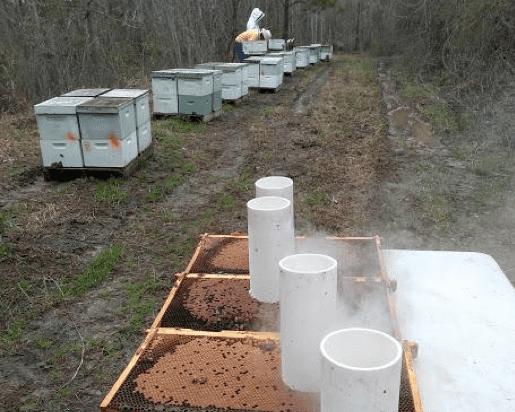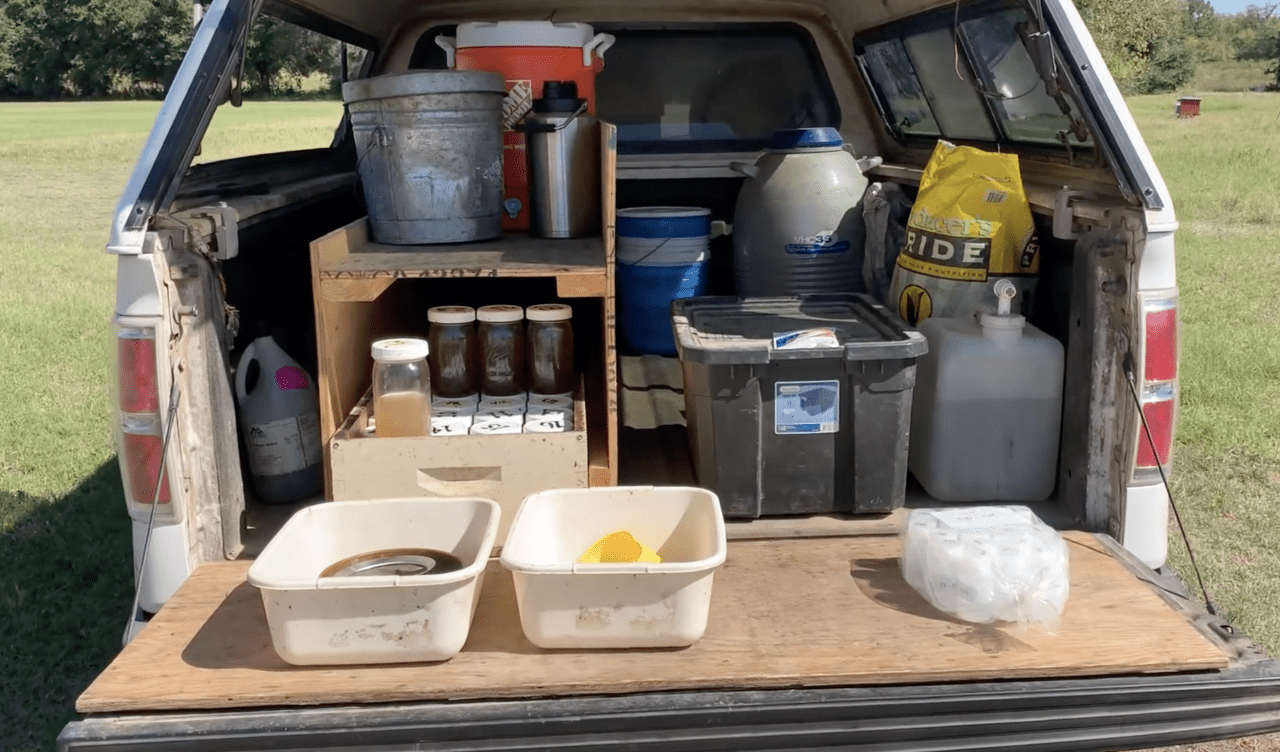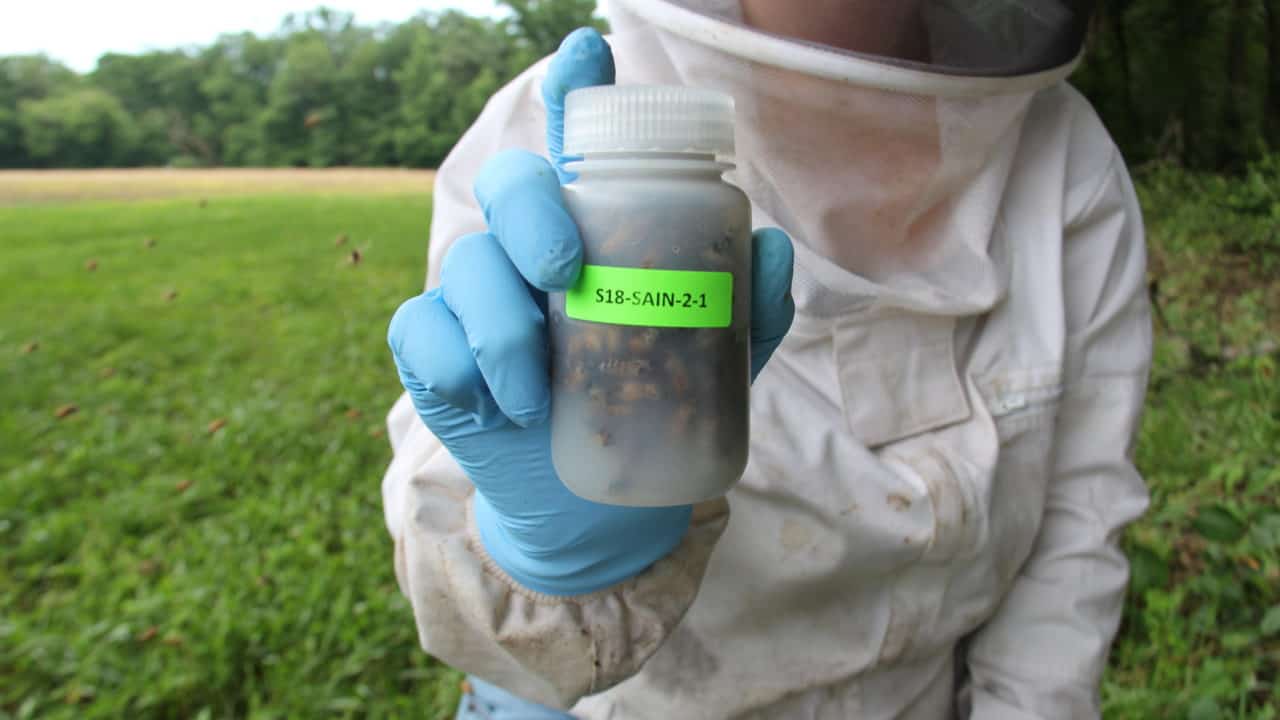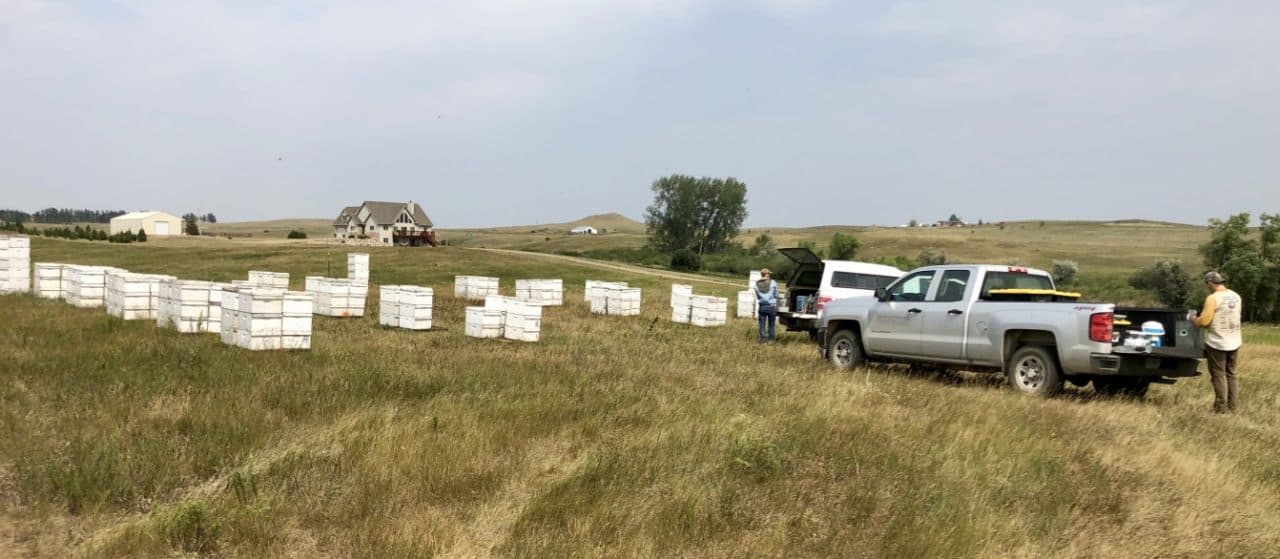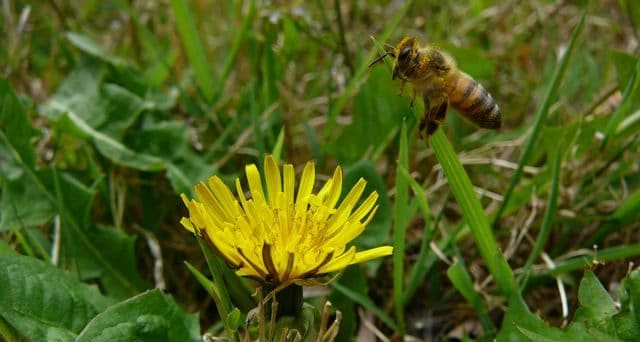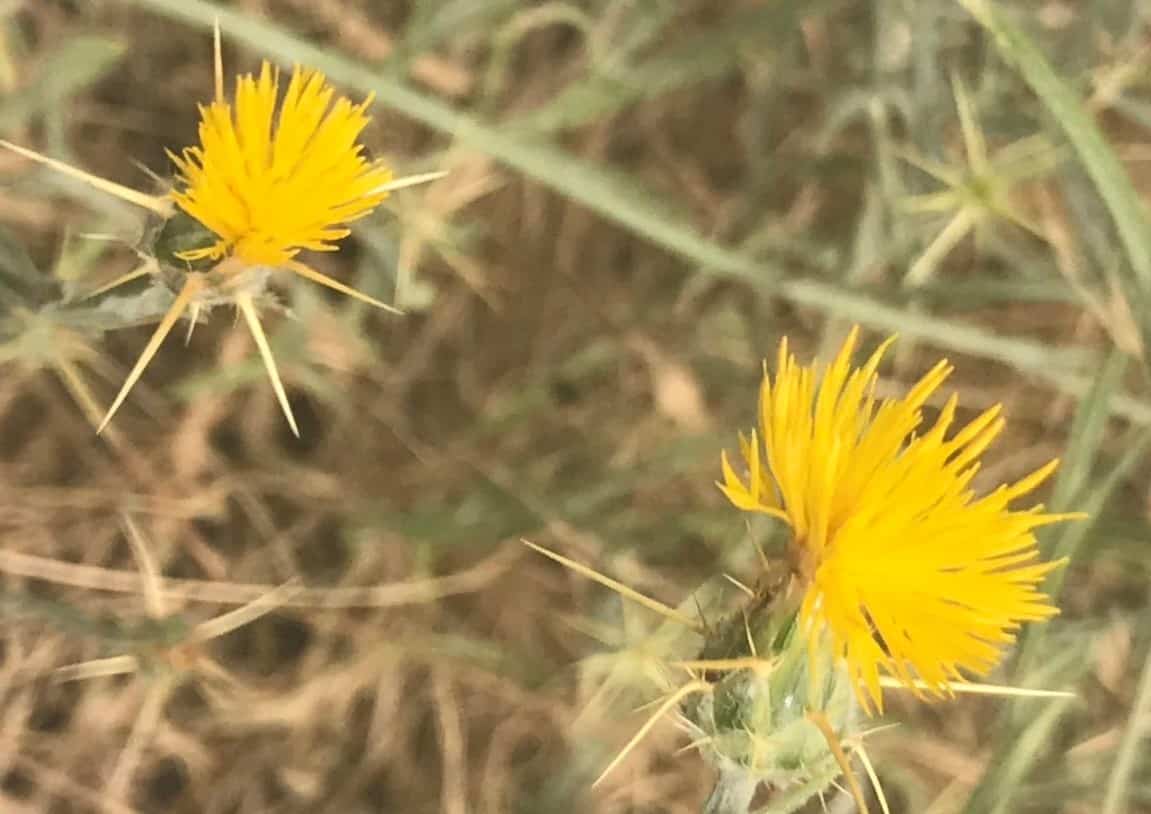Like other livestock breeders, queen producers are constantly working to improve the quality of stock they produce. When determining which colonies to graft from breeders will evaluate colonies on a variety of traits including productivity, fecundity, and temperament. Traditionally, selection has focused on breeding from colonies that produced large honey crops, reared abundant brood, and behaved in a docile manner. As pest and disease pressures have increased in recent years breeders have increasingly incorporated hygienic behavior as a criteria for selection. Hygienic behavior is a trait that helps colonies control several stressors including American Foulbrood, chalkbrood, and Varroa mites. Hygienic behavior is identified by performing…
Category: Blog
The Bee Informed Blog is the place where team members convey their experience, knowledge, and opinions about their work with bees. Here is your opportunity to follow what’s happening in the field and lab.
What’s in a BIP truck
Earlier this month, we posted a blog about some of the logistics behind the exhaustive work that the Tech Transfer Team Program accomplishes and our Board has highlighted some of the impacts they have made. Our Honey Bee Health Field Specialists drive around the country to inspect, sample, diagnose, report and consult on honey bee colony health and management practices. As reported, they drive A LOT! Their work truck functions like a mobile laboratory, filled with inspection and sampling equipment and there are many reliable electrical system you can count on to finish this work efficiently. You can read more about their truck content in…
Beekeepers are good storytellers… and maybe liars
In a previous blog, we shared statements from a few BIP Board members conveying how the Bee Informed Partnership has changed the world of beekeeping and how it has personally effected either their research or their operations. Today, George Hansen, a well-known and respected Oregon commercial beekeeper and a BIP Board member tells the story of how he came to beekeeping. If you were not born with a hive tool in your hand and, like many of us, stumbled on the beekeeping path by happy accident, I think you will recognize many aspects of his humorous anecdote. George, why don't you take it from here?…
American Foulbrood – Connecting Beekeepers with Diagnostic Resources
As a Field Specialist on the BIP Tech Transfer Team, part of my job is to help commercial beekeepers to “nip problems in the bud”. Here is a recent event that illustrates the impact we have through the Tech Team Program. While doing routine sampling for a beekeeper, I happened to find a colony that had every major sign of American Foulbrood. American Foulbrood, or AFB, is a bacterial disease of the brood, that used to be the major scourge of beekeeping. Inspection programs, careful follow-up by beekeepers, and antibiotics for treatment and prevention probably have all helped reduce its impact on bee health. However,…
Sentinel Apiary Monthly Memo: November Issue
That’s a wrap on the 2019 Sentinel Apiary Program! This year was a real record breaker with 106 Sentinel Apiaries in 29 states. Sentinel beekeepers put in blood, sweat, and stings to send in over 2,500 samples from 564 colonies. The data collected from these samples helps participants make data driven management decisions. Mite loads are also shared on our public interactive Varroa map, so that Sentinel Apiaries can act as regional benchmarks for colony health. If you would like to help support the Sentinel Apiary program and keep this valuable data accessible, please consider donating to our annual fundraising effort! On average, this year’s…
“Peace of Mind” Sampling
by Ben Sallmann, BIP Honey Bee Health Field Specialist, Northwest US At the end of the day, beekeepers want to know that their bees are healthy, well-fed, and prepared for the next season. Fall is a critical time for beekeepers because the condition of the bees now will determine the winter survival rate and the number of colonies available for almond pollination early next year. The photo above was taken at daybreak on the plateaus of western Idaho, where the bees worked the canola fields earlier in the summer. These bees have been left with good winter stores and sampling showed low varroa mite counts.…
Let’s Hear it from the Board!
The Bee Informed Partnership, like many nonprofits, has a Board vested in our organization's sustainability, success, and the pursuit of our strategic goals. Also, like many other nonprofits, our volunteer Board is composed of stakeholders who actually use our services. We are fortunate to have some of the best commercial beekeepers in the country on our board as well as some hard working, highly respected researchers. They usually work quietly behind the scenes but for our Fundraising event, I have asked a few of them to step out and speak to YOU, our readers and participants to say what they find compelling and unique about…
The BIP Tech Team Program – We GO where the bees GO!
by Anne Marie Fauvel & Nathalie Steinhauer The Technical Transfer Team Program offers regular on-site hive inspections and sampling services for large commercial beekeepers and queen breeders throughout the U.S. The team consists of 5 distinct regions, staffed by 6 Honey Bee Health Field Specialists, providing services to over 100 commercial beekeepers, in 17 states, 10 of which are the nation’s top honey producing states. As our honey bees and beekeepers migrate to pollinate our food crops and ensure food security, so do our Field Specialists. They collectively drove over 100,000 miles inspecting close to 20,000 colonies last year alone! Can you imagine the logistical…
Be Included, Be Involved, Bee Informed and Be Generous
In today’s world, we are asked to care passionately about so many things. From polar bears to plastic, we are often overwhelmed at how many good causes are asking for aid. There is precious little remaining bandwidth in our mental and emotional reserves for anything more, so I will make this short. If you or someone you know is a beekeeper in any part of the world, you know that we are asking more of these magnificent insects under increasingly challenging circumstances. Our wonderfully diverse food supply depends on them and our economy benefits from the fact they are here. However, we are also asking…
Yellow Star Thistle Produces Green Honey
Yellow star thistle (Centaurea solstitialis) was extremely prolific in some areas of California this year. Many commercial beekeepers commented on it. One said that he hadn't seen this much star thistle in over 20 years. Personally, I saw huge fields of it all over the Sacramento Valley, from Redding down to Davis. Further south, I didn't see nearly as much as it is considered a noxious weed and invasive species, and the eradication programs may be working well in the southern regions. Yellow star thistle originates from the Mediterranean. The similar climate of the Central Valley makes it ideal for it to grow. According…
